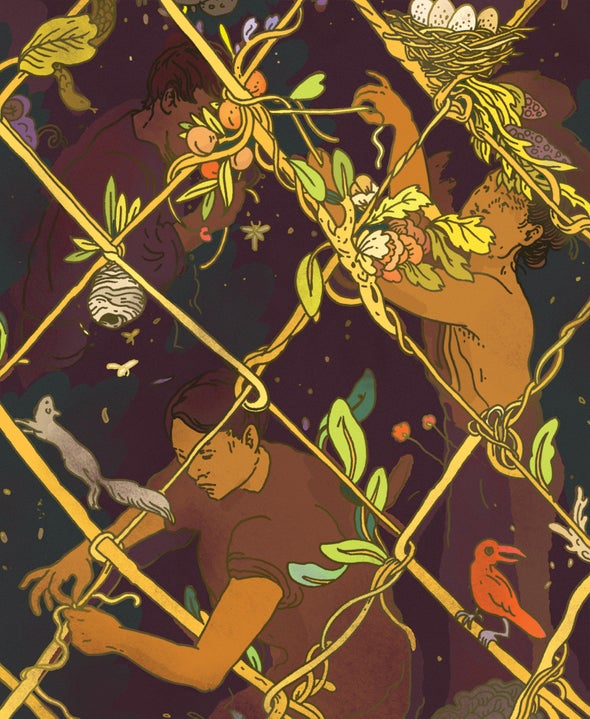In the late 19th century Yellowstone, Sequoia and Yosemite became the first of the great U.S. National Parks, described by author and historian Wallace Stegner as America's “best idea.” But the parks were devastating for the Native Americans who had lived or hunted within their borders and who were expelled—essentially an act of colonialism in the name of conservation. In the 20th century similar reserves began to be carved out in developing countries, creating millions of “conservation refugees” even as neighboring forests were given over to extractive industries. The protected areas failed to offset the destructive aspects of development. Plant and animal species are disappearing faster than at any time since the event that wiped out most of the dinosaurs 65 million years ago. Even humans aren't guaranteed to survive.
The U.S. has taken one small step to make amends. In June, Secretary of the Interior Debra Haaland, the first Native American ever to hold a cabinet position, signaled her intent to safeguard both nature and justice by returning the National Bison Range to the Salish and Kootenai confederation. Now the Biden administration needs to go further. At the 2021 meeting of the United Nations Convention on Biological Diversity (CBD), it should ensure that an ambitious plan to promote biodiversity empowers Indigenous and other communities worldwide instead of punishing them for their success in conservation.
In 2016 biologist Edward O. Wilson responded to the biodiversity crisis by calling for half of Earth to be left to wilderness. His rallying cry has birthed the “30x30” campaign to protect 30 percent of Earth's land and sea surface by 2030. Backed by many scientists, major conservation organizations, the more than 60 member countries of the High Ambition Coalition for Nature and People, and $1 billion from a Swiss entrepreneur, the target is likely to be adopted by the CBD when it meets in October.
But critics charge that some advocates of 30x30 seek “a new model of colonialism” that forces those least responsible for climate change, biodiversity loss and other environmental crises to pay the highest price for averting them. 30x30 could be used by elites in democratically challenged nation-states as a pretext for seizing land from marginalized groups. The home ranges of Indigenous peoples currently shelter 80 percent of Earth's remaining biodiversity and sequester almost 300 trillion tons of carbon. Precisely because of this abundance, these areas are likely to be some of the first places targeted for “protection.” If that happens, the very people who defend nature from the voracious appetites of the Global North, often at the cost of their lives, would be penalized for their efforts. Up to 300 million forest dwellers and others could be forced out of their territories, by one estimate.
Such seizures are already happening. In the Congo Basin, for example, armed eco-guards have brutally evicted Indigenous Pygmies from the rain forest to carve out protected areas. These wildlife reserves expanded following a CBD resolution in 2010 to dedicate 17 percent of Earth's terrestrial surface to nature. Yet the protected areas are surrounded by or sometimes even overlaid with oil, mining or logging concessions. Unsurprisingly, chimpanzee, gorilla and elephant populations have continued to decline even as Pygmy peoples have been consigned to poverty and misery.
There is a way to do global conservation right. Indigenous communities are as good as or better than governments at protecting biodiversity and already conserve a quarter of Earth's terrestrial surface. The CBD needs to ensure that they get secure rights to their territories, as well as the resources to defend them. Further, the signatories to the CBD should commit to returning some protected areas, which now cover around 17 percent of the planet's lands, to the control of the communities from which they were wrested.
The U.S. could lead the way in this effort. The Biden administration's vision for 30x30, released in May 2021, includes a pledge to support local populations, in particular Tribal administrations, in conserving and restoring biodiversity. The U.S. needs to take that resolve to the global stage at the U.N. meeting and help rescue nature and its most ardent defenders from the militarized conservation model it pioneered one and a half centuries ago. That is a crucial step toward a reprieve for the incredible life-forms that share our planet, as well as their Indigenous guardians.

